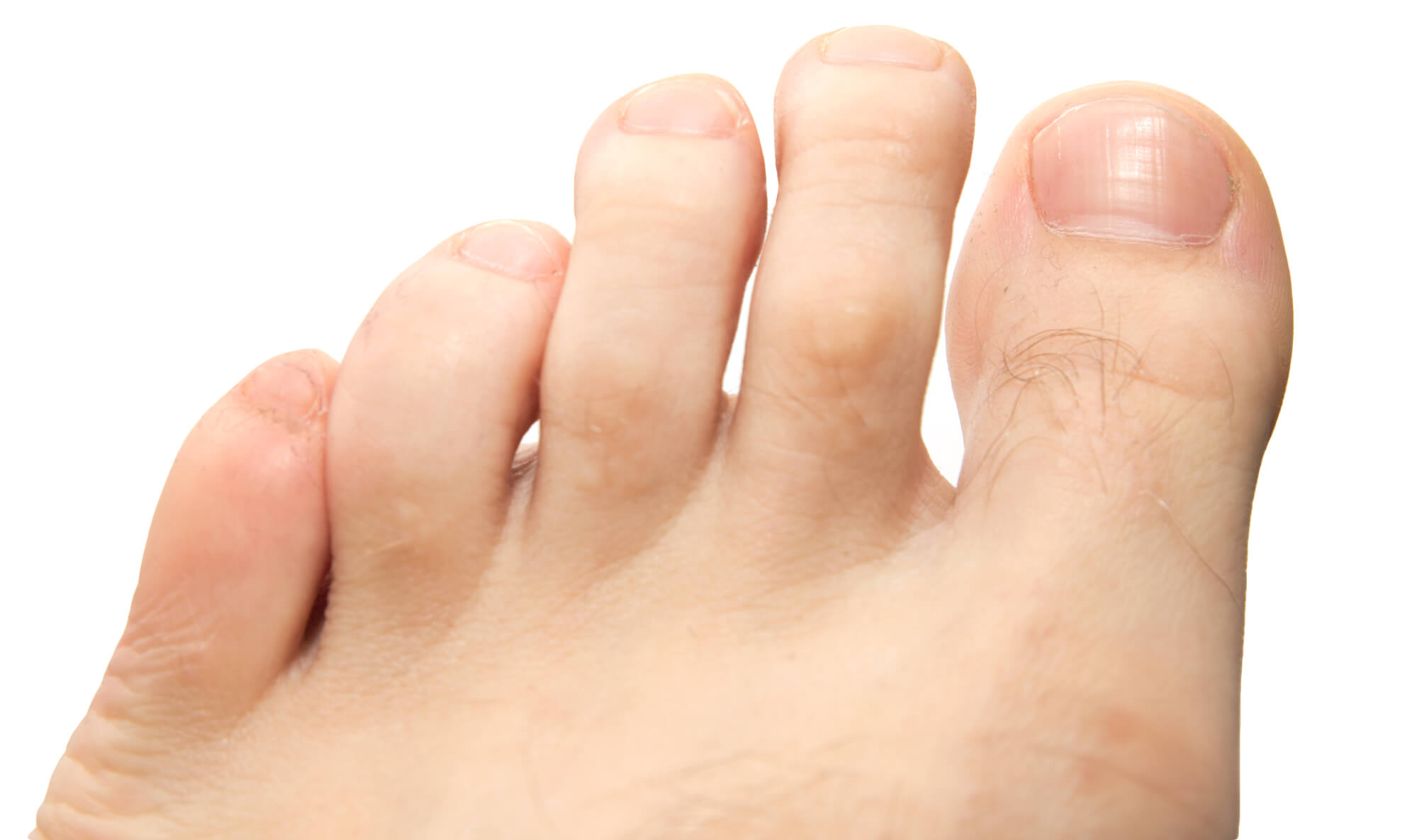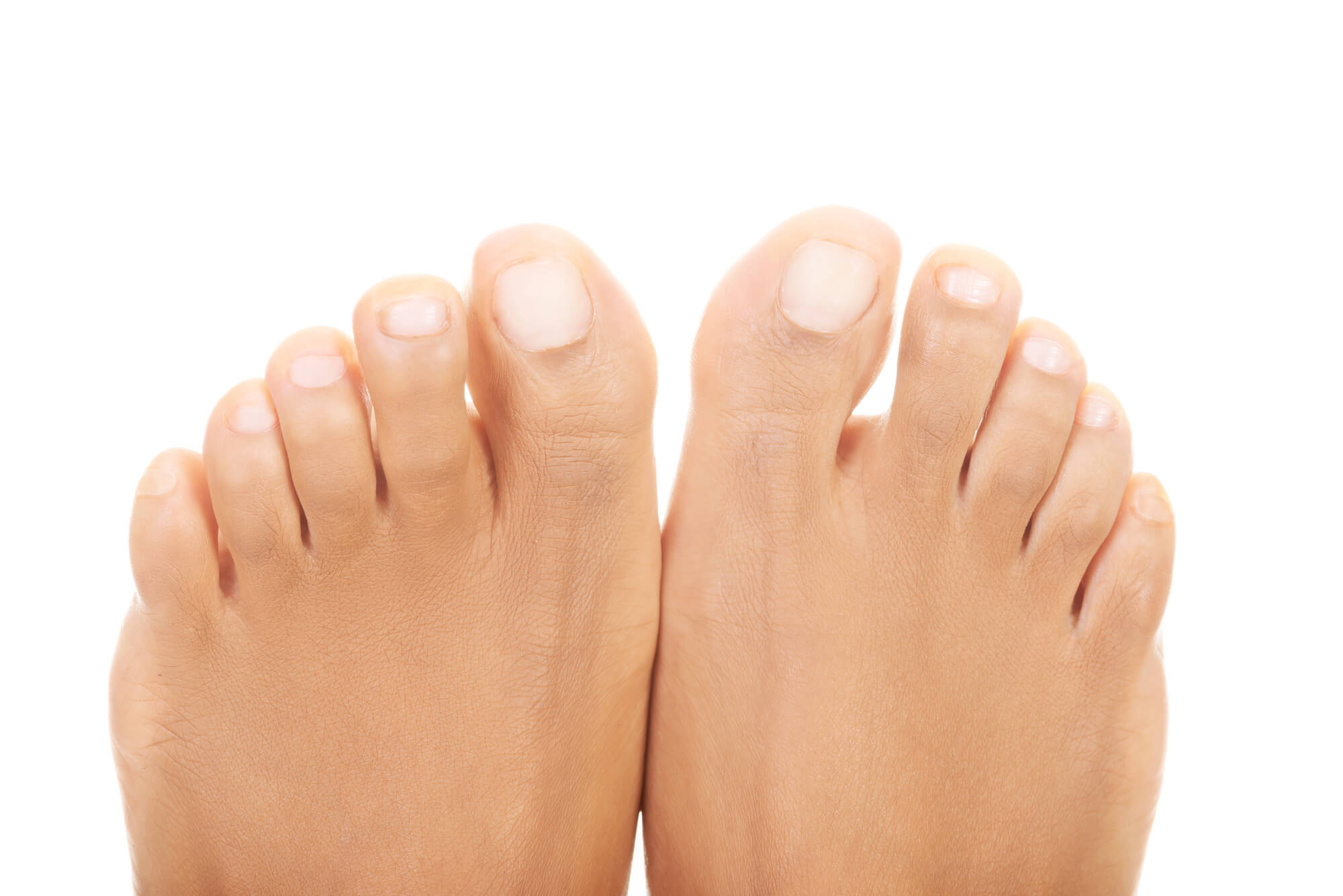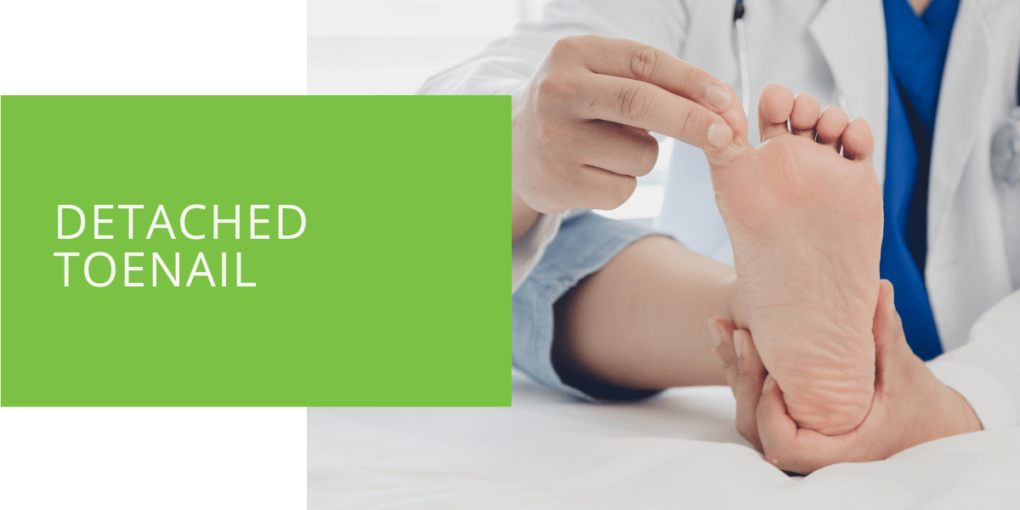Detached Toenail? Don’t Panic! Here’s What You Need to Do
Detached toenails can be a painful and unsightly problem. Sometimes, it can signify a more serious condition, such as a fungal infection. Knowing how to handle a detached toenail properly is important so you can reduce your risk of infection and promote healing. This guide will cover the causes of detached toenails, the symptoms to look out for, and the various treatment options available. We'll also provide tips on how to prevent detached toenails from happening in the first place.
Causes of Detached Toenails
A variety of factors can cause detached toenails. The most common cause is trauma or injury to the toe. This can result from wearing ill-fitting shoes or engaging in high-impact sports. Another common cause of detached toenails is a fungal infection. This type of infection can cause the nail to become thick, discolored, and brittle, making it more likely to detach from the nail bed. Certain medical conditions, such as psoriasis, can make a person more susceptible to detached toenails.

Symptoms of Detached Toenails
You may notice pain, swelling, redness, and drainage if you have a detached toenail. The detached portion of the toenail may appear white or yellow, and there may be a foul odor from the affected area. In some cases, the detached toenail may reattach itself, but in others, it may fall off completely.
Treatment Options
If you have a detached toenail, it's important to protect the affected area and promote healing. Here are some treatment options to consider:
First Aid
- Protect the Toenail: If the detached toenail is still partially attached, it's important to protect it, so it doesn't get further damaged. You can do this by covering the affected area with a bandage.
- Keep the Toenail Clean: To prevent infection, it's essential to keep the affected area clean. You can do this by gently washing the area with soap and water and applying an antibiotic ointment.
- Reduce Pain and Swelling: You can take over-the-counter pain medication and elevate your foot when sitting or lying down to reduce pain and swelling.
Medical Treatment
- Medications: If a fungal infection causes your detached toenail, your doctor may prescribe antifungal medication to help clear up the infection.
- Surgery: In some cases, a detached toenail may not reattach itself or become infected. In these cases, a podiatrist may recommend surgery to remove the detached portion of the toenail and promote healing.

Prevention
To prevent detached toenails from happening in the first place, there are several steps you can take:
- Wearing proper shoes: Make sure that your shoes fit properly and provide enough room for your toes to move. Avoid shoes that are tight or have a narrow toe box.
- Keeping your feet clean and dry: Fungus thrives in warm, moist environments. Keep your feet clean and dry to reduce your risk of developing a fungal infection.
- Avoiding injuries: Avoid activities that put your toes at risk of injury, such as high-impact sports or activities involving a lot of running or jumping.
- Trimming your nails properly: When trimming your nails, cut them straight across and avoid cutting them too short. This will help prevent them from growing into the skin around the nails, which can cause trauma and lead to detached toenails.
- Taking care of underlying medical conditions: If you have a medical condition that makes you more susceptible to detached toenails, such as psoriasis, it's important to manage that condition properly to reduce your risk.
Conclusion
Detached toenails can be a painful and unsightly problem, but they don't have to be panic-inducing. By understanding the causes, symptoms, and treatment options available, you can take steps to protect your toenails and promote healing. If you have any concerns, it's always a good idea to consult a podiatrist or other healthcare professional who can provide you with the guidance and support you need to take care of your nails. Remember that prevention is key, so keeping your feet and nails healthy will help you avoid detached toenails in the future.
FAQ
Can a detached toenail heal on its own?
In some cases, a detached toenail can heal if the underlying cause is resolved. However, the toenail may not heal without proper treatment if the cause is a chronic condition or an ongoing injury.
How can I prevent a detached toenail from happening?
To prevent detached toenails, you should:
- Avoid activities that put your toes at risk of injury.
- Trim your nails straight across and avoid cutting them too short.
- Take care of underlying medical conditions that make you more susceptible to detached toenails
- Keep your feet and nails clean and dry, especially if you have a fungal infection
- Wear shoes that fit well and don't put pressure on your toes
Do I need to see a doctor for a detached toenail?
If you think you have a detached toenail, it's best to see a doctor, especially if an underlying condition or a severe injury causes the detachment. A podiatrist can diagnose the cause of the detachment and recommend the appropriate treatment.
What are the best ways to treat a detached toenail?
The best way to treat a detached toenail depends on the underlying cause. Treatment options may include:
- Keeping the affected area clean and dry
- Applying a bandage to the affected area
- Trimming away any detached part of the nail
- Prescription antifungal medication, if the detachment is caused by a fungal infection
- Surgery, in cases where the detached part of the nail is causing pain or infection
How long does it take for a detached toenail to heal?
The healing time for a detached toenail can vary depending on the underlying cause. It may take a few weeks to heal if a minor injury or fungal infection causes the detachment. It may take several months to heal if the detachment is caused by a more severe injury or a chronic condition.
Can a detached toenail grow back?
Yes, a detached toenail can grow back. The time it takes for the nail to reattach and grow back depends on the underlying cause of the detachment. If a minor injury or fungal infection causes the detachment, the nail may reattach and grow back within a few months. If the detachment is caused by a more severe injury or a chronic condition, the nail may take longer to reattach and grow back.

